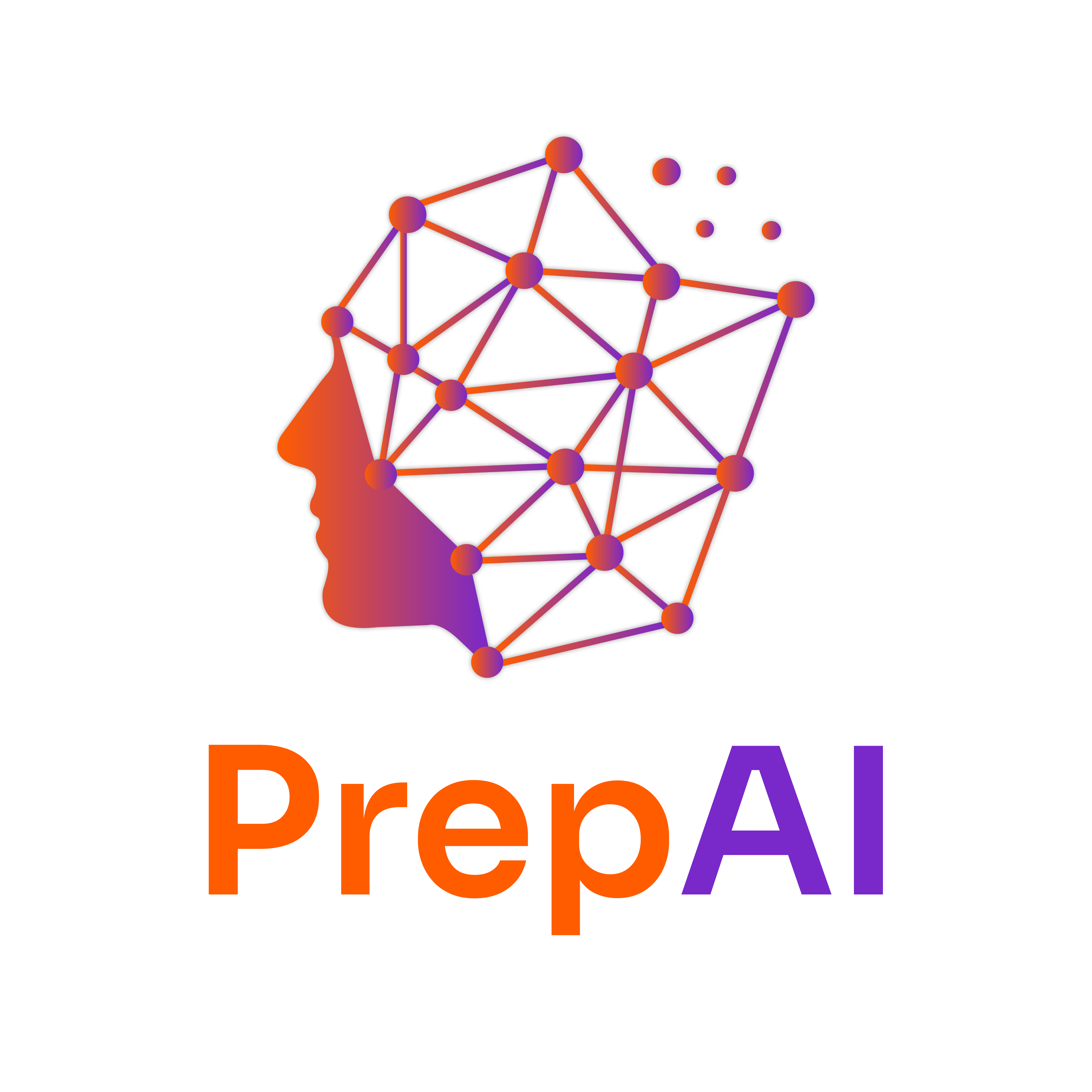Understanding NoSQL Document Databases: Installation and Usage
Definition
NoSQL Document Database: A type of database designed to store, retrieve, and manage document-oriented information, typically using formats like JSON or BSON. Unlike traditional relational databases, NoSQL databases provide flexibility in data structure and scalability.
Example: Imagine a library where each book is a document containing various fields like title, author, and genre. Each book can have different attributes, such as a publication year or a summary, without needing a fixed schema.
Explanation
Key Parts of NoSQL Document Databases
1. Structure
- Document-Oriented: Data is stored in documents, often in JSON or BSON format, allowing for nested structures.
- Schema Flexibility: No predefined schema means you can add new fields to documents without affecting existing data.
2. Scalability
- Horizontal Scaling: Easily add more servers to handle increased loads, unlike traditional databases that often require vertical scaling.
3. Performance
- Fast Read/Write Operations: Optimized for performance, allowing for quick data retrieval and updates.
Popular NoSQL Document Databases
- MongoDB: One of the most widely used document databases, known for its scalability and flexibility.
- CouchDB: Focuses on ease of use and replication.
- Firebase Firestore: A cloud-hosted NoSQL database that allows real-time data synchronization.
Installation Steps for MongoDB (Example)
-
Download MongoDB:
- Go to the MongoDB Download Center.
- Select your operating system and download the installer.
-
Install MongoDB:
- Follow the installation wizard instructions.
- Choose the options for a complete installation.
-
Set Up MongoDB:
- Open the command line interface (CLI).
- Start the MongoDB server by running
mongod. - Open another terminal window and connect to the server using
mongo.
-
Verify Installation:
- In the MongoDB shell, type
db.version()to check the installed version.
- In the MongoDB shell, type
Real-World Applications
- E-commerce: Storing product catalogs where each product can have different attributes (size, color, reviews).
- Social Media: Managing user profiles, posts, and comments that can vary widely in structure.
- Content Management Systems: Handling articles, images, and metadata without rigid schemas.
Challenges and Best Practices
- Data Consistency: Ensure that data remains consistent, especially in distributed systems.
- Indexing: Use indexing to improve query performance.
- Backup and Recovery: Regularly back up your data to prevent loss.
Practice Problems
Bite-Sized Exercises
-
Create a Document: Using MongoDB, create a document for a book with fields for title, author, and genre.
db.books.insertOne({ title: "The Great Gatsby", author: "F. Scott Fitzgerald", genre: "Fiction" }); -
Query Documents: Write a query to find all books in the "Fiction" genre.
db.books.find({ genre: "Fiction" });
Advanced Problem
- Aggregation: Write a query to count how many books each author has in the database.
db.books.aggregate([ { $group: { _id: "$author", count: { $sum: 1 } } } ]);
YouTube References
To enhance your understanding, search for the following terms on Ivy Pro School’s YouTube channel:
- “NoSQL Basics Ivy Pro School”
- “MongoDB Installation Ivy Pro School”
- “Document Database Examples Ivy Pro School”
Reflection
- How does the flexibility of NoSQL databases compare to traditional relational databases in your projects?
- Can you identify a project where a document database would be more beneficial than a relational one? Why?
- What challenges do you foresee when implementing a NoSQL database in a real-world application?
Summary
- NoSQL Document Databases store data in flexible, schema-less formats like JSON.
- They offer benefits in scalability and performance, making them suitable for various applications.
- MongoDB is a popular choice for document databases, with straightforward installation steps.
- Understanding the structure, scalability, and real-world applications of NoSQL databases is crucial for modern data management.
By grasping these concepts, you're well on your way to leveraging NoSQL document databases effectively in your projects!
